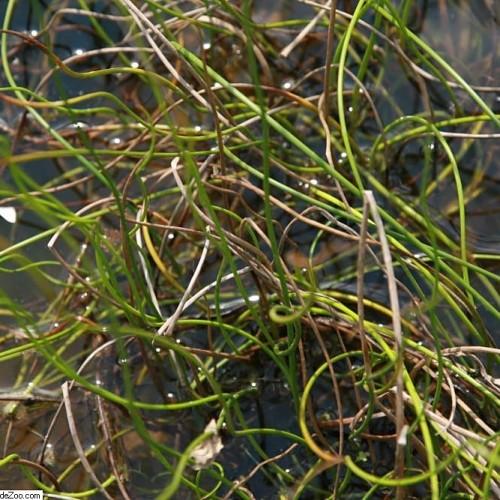
corkscrew rush
Juncus effusus 'Spiralis'
Cycle:
Herbaceous Perennial
Watering:
Frequent
Hardiness Zone:
7
Flowers:
Flowers In Summer
Sun:
Full sun, Part sun/part shade
Soil:
Acidic, Bog, Rocky , gravelly , dry
Fruits:
Fruits In Summer Ready In Fall
Growth Rate:
Moderate
Maintenance:
High
Drought Tolerant:
Yes
Salt Tolerant:
Yes
Care Level:
Moderate
watering
Corkscrew Rush (Juncus effusus 'Spiralis') should be watered once or twice a week, depending on the season and how dry the air is. During the summer months, when the weather is hot and humid, it will likely need more frequent watering. During colder weather, water once a week or every 2 weeks—so that the soil has time to dry between waterings. It’s important not to over-watering the plant eat, so be sure to check the amount of water given. The best way to check is by feeling the soil 1-2inch down. If the soil is still damp, hold off on the watering. If the soil feels dry to the touch, it’s time to water your plant. Be sure to water at the base of the plant for best results.
sunlight
Corkscrew rush (Juncus effusus 'Spiralis') needs an average of 4 to 5 hours of direct sunlight per day. This plant species prefers to be in full sun, but it can also thrive in partial sun for part of the day. It is important to remember that indirect sunlight is not the same as direct sunlight for this species. In comparison to other plant species, Corkscrew rush has high levels of light requirements. It is important that during the peak of the day and summer, the Corkscrew rush is shaded from the direct sunlight to avoid the leaves becoming scorched and to help the plants absorb the necessary nutrients.
pruning
Corkscrew rush should be pruned in late spring, just before the end of its flowering period. Remove any stems that look weak, unhealthy or broken. When pruning, only cut back fairly small amounts - no more than 1 third of the total height. This will ensure that the plant remains healthy and does not become unattractive due to over-pruning. In addition, it also helps to maintain the tight, spiral form of its foliage.
